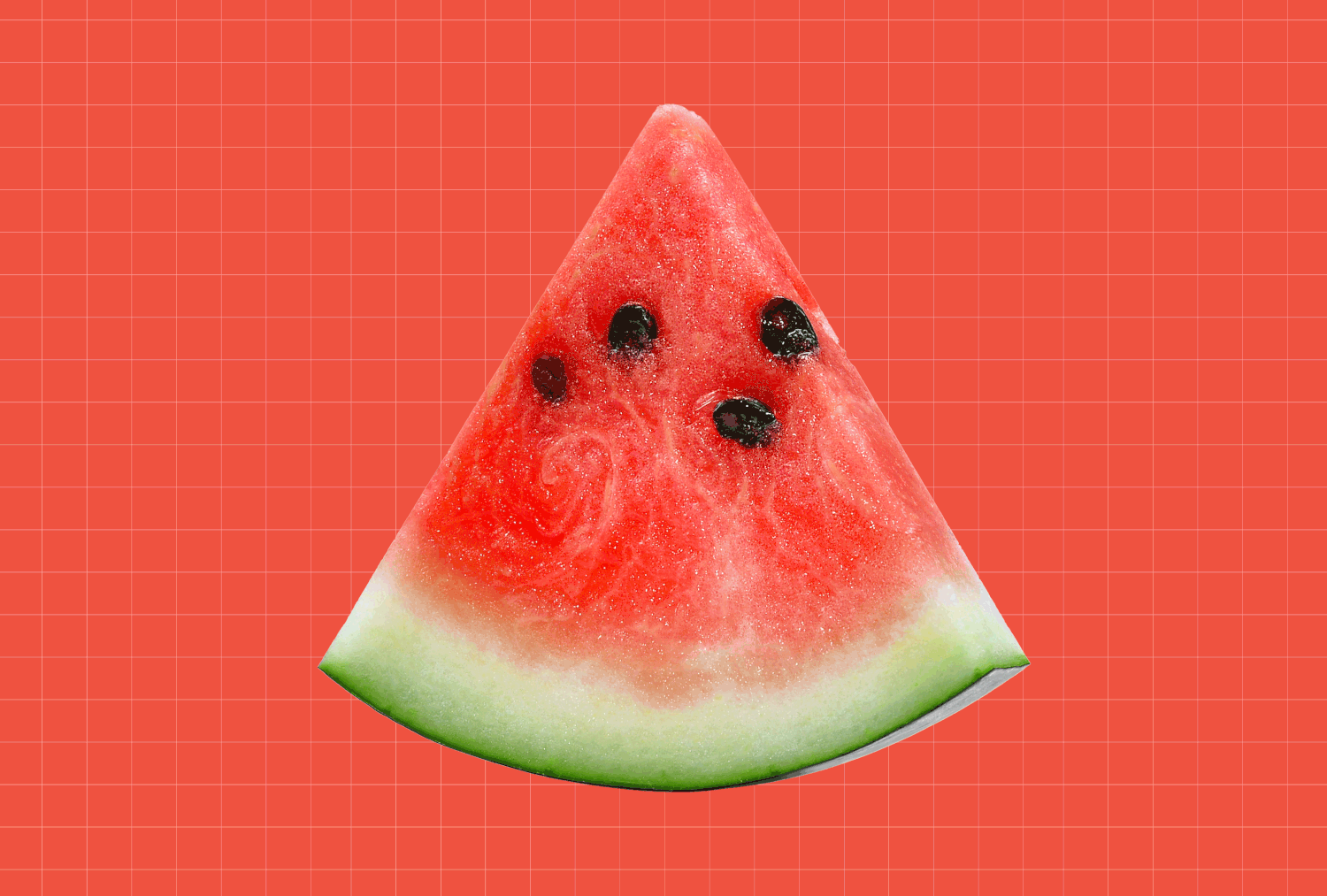Key Takeaways
- Protein boosts fullness, helps balance blood sugar and supports healthy weight management.
- Whole-food sources are usually more nutritious, versatile and affordable than protein powders.
- Eggs, salmon, black beans and certain dairy products offer 10 or more grams of protein per serving.
Trying to eat more protein? The solution may lie in your fridge or pantry rather than the supplement aisle. Protein is a macronutrient that supports everything from muscle repair and growth to satiety and a strong immune system. “Prioritizing protein at each meal can also keep you feeling full longer, helping curb cravings and support healthy eating habits throughout the day,” says Lauren Manaker, MS, RD.
Part of protein’s superpower is how it works with carbohydrates. Pairing protein with carbohydrates can also help slow digestion and stabilize blood sugars. “This stabilization contributes to sustained energy levels, reduced cravings, and improved mood stability,” says Vanessa Imus, MS, RDN, owner of Integrated Nutrition for Weight Loss in Bothell, Washington.
Trying to lose weight? Skipping protein may work against your goals. “Without sufficient dietary protein, the body may break down muscle tissue to meet its amino acid requirements,” says Imus. Research shows that getting around 1.3 grams of protein per kilogram of body weight can help preserve muscle mass during weight loss.
While protein powder can work in a pinch, whole food options offer extra benefits like fiber, vitamins, minerals, healthy fats and more satisfying flavors and textures. Here are 6 foods dietitians recommend including in your meals for an extra 10 grams or more of protein.
1. Try Ultra-Filtered Milk
“Ultra-filtered milk can deliver higher protein content without changing the taste,” says Manaker. Compared to 8 grams of protein in a glass of regular cow’s milk, ultra-filtered milk has around 13 grams per cup. The extra protein is thanks to the filtration process, which concentrates protein and filters out water and lactose.
“Add ultra-filtered milk to smoothies, pour it into your morning oatmeal, or use it as a base for creamy soups or sauces,” recommends Manaker. For example, using it in place of almond milk in this satisfying Reese’s Peanut Butter Cup Smoothie brings the protein content up to an impressive 24 grams per serving.
2. Add in Eggs
“Eggs are a quick and easy, nutrient-dense way to add protein to meals,” says Imus. Two large eggs add 12 grams of protein to your meal, boosting protein and essential vitamins and minerals like choline, selenium and riboflavin.
Try whisking up a two-egg spinach omelet for breakfast, adding hard-boiled eggs to your salad at lunch or using them to make a budget-friendly veggie fried rice for dinner.
3. Use Greek Yogurt
One standard container (7 oz) of Greek yogurt packs a whopping 20 grams of protein and works well in both sweet and savory dishes. “In addition to protein, Greek yogurt contains calcium and many brands are fortified with vitamin D,” says Mandy Tyler, M.Ed., RD, CSSD, LD. These nutrients support strong bones and an active lifestyle. The combo of protein and calcium also makes it a great post-workout snack, with research linking this combo to better bone health in young adults.
While you can eat a bowl of Greek yogurt on its own, there are endless ways to enjoy it. “Use it as a base for parfaits topped with granola and fruit, mix it into pancake batter or use it in savory recipes like tzatziki or as a creamy salad dressing base,” says Manaker.
4. Incorporate Black Beans
Many high-protein foods come from animals, but black beans offer a plant-based way to add over 10 grams of protein to your meal. “Beans are not only a great source of protein, but they’re also full of fiber, which is great for satiety and digestion. They’re also an economical and environmentally friendly way to get your protein in,” says Imus. One cup of canned black beans provides 14 grams of protein and an impressive 16 grams of fiber.
Consider adding black beans to scrambled eggs or spooning smashed black beans over avocado toast. Don’t save black beans for just savory meals, either. They’re also enjoyable in snacks and sweets, like these Trail Mix Energy Bites.
5. Feature Salmon
Imus recommends salmon as a high-protein food rich in omega-3 fatty acids, supporting brain and heart health. A 3-ounce portion of cooked Atlantic salmon provides 21 grams of protein.
In addition to pricier filets, canned and smoked salmon offer a more affordable and versatile way to incorporate this fatty fish into your meals. Both can be easily added to salads or stirred into scrambled eggs. You can also use canned salmon to make patties, like these
6. Spoon Cottage Cheese
Cottage cheese is having a moment, and for good reason. You’ll find 23 grams of protein in every cup, along with a host of other essential nutrients, like calcium and B vitamins. Just keep in mind that cottage cheese is also high in sodium, so you may need to limit your intake if you’re following a low sodium diet.
Cottage cheese works as a savory side or a sweet treat when combined with fruit, but that’s just the beginning. “For individuals who don’t like the texture of cottage cheese, it blends great into a smoothie. The cottage cheese will give the smoothie a creamy texture while packing in the protein,” says Tyler. It can also be blended into a salad dressing or a dip for veggies.
Top-Rated High-Protein Recipes to Try
The Bottom Line
You don’t need to rely on protein powder to give your meals a boost. Incorporating more everyday foods like eggs, beans, dairy and salmon is an easy and versatile way to increase the protein of your next meal or snack. Plus, these foods are generally cheaper than protein powders and contain other essential nutrients, like calcium and omega-3s.


